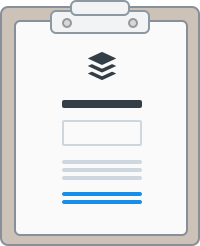Key Stats
Applicants
505 +49%
Open blog posts published
17 +2
Open blog visitors
133,309 +2.4%
Bimonthly team NPS score
60%
If we’re known in particular for any of of our 10 core values, it’s probably the value of “default to transparency.”
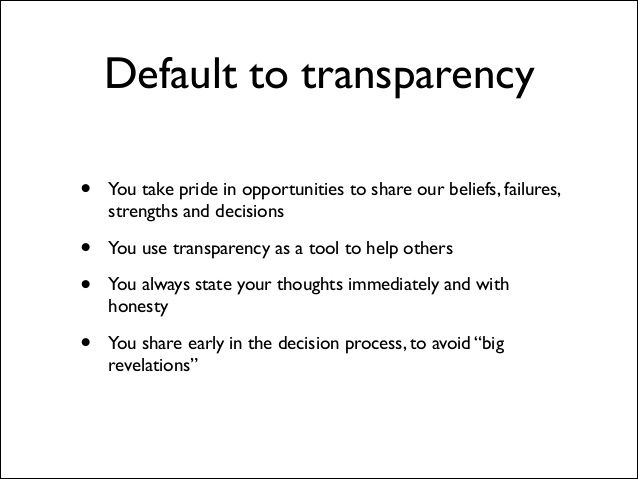
We share our salaries and salary formula, our revenue, our equity, even our emails. We have a transparency dashboard and we’re always looking for new ways to share more information, more openly.
“Default to transparency” means that unless there’s a strong reason not to, we try to conduct everything in the open.
So why, with nearly 200 open-to-the-team Slack channels at Buffer, are the majority of our conversations happening privately?
It’s one of the many challenges, experiments and achievements of Buffer’s People team this month. I’d love to share them all with you; let’s dive right in.
A key challenge: Increasing number of private conversations
For our remote team, Slack is basically our office. It’s where we log in to start our day, where we chat and work, where we share key information.
A trend a few teammates have recently brought forward is the increasing number of conversations happening via direct messages, which other teammates don’t see, as compared to conversations happening in public channels.
Here’s a look at some recent stats from September:
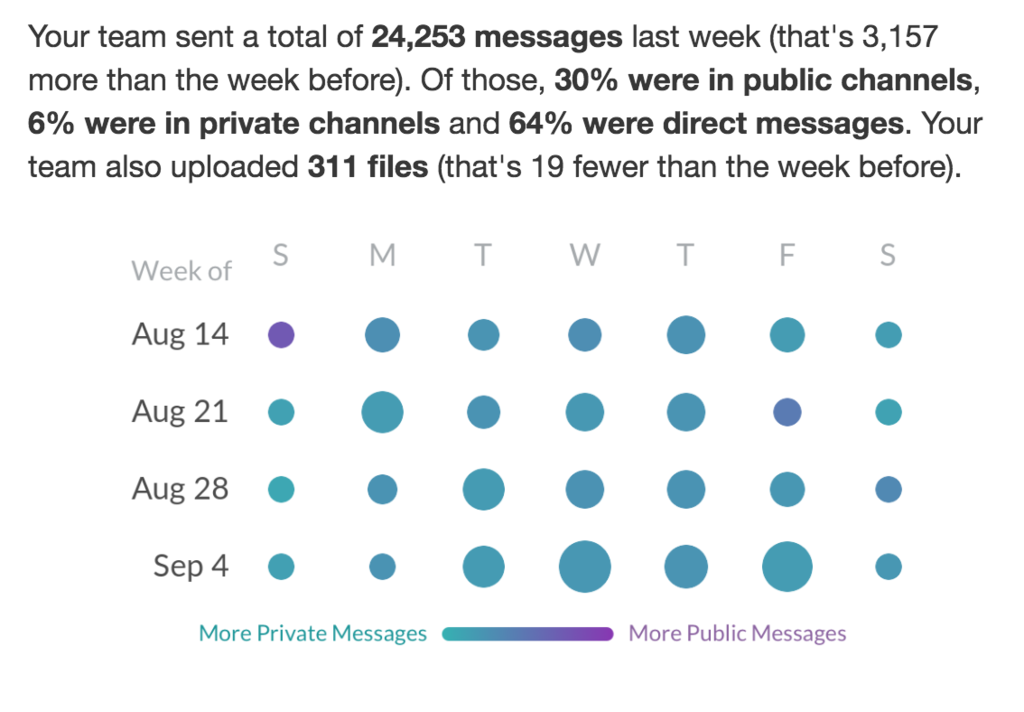
With 64% of messages being shared privately via direct message instead of openly via public channels, we’re quite far off from our all-time numbers:
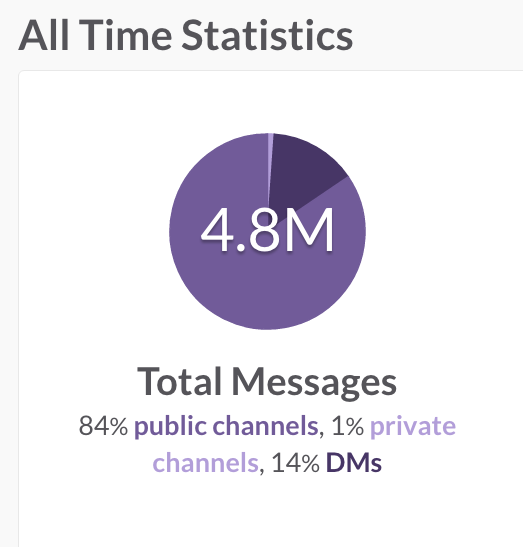
For a company that focuses on upholding a value of transparency, this feels like a pretty noteworthy change.
We have a few theories as to why this trend might be happening:
- A growing team means it can be a bit intimidating to post in a “big” channel
- Often you only need to talk with one person about a topic
- With our return to more typical management, perhaps more messages are coming down from team leads
Rather than assume, we’re taking this trend to the team to get their thoughts. We’ve programmed our OfficeVibe Slack surveying tool to ask teammates how we might be able to support more transparent conversations.
When we know more, we can brainstorm some experiments to potentially change this ratio. (DM-free Fridays? More small rooms? What would you suggest?)
Experiment: “Office hours” with Buffer leadership
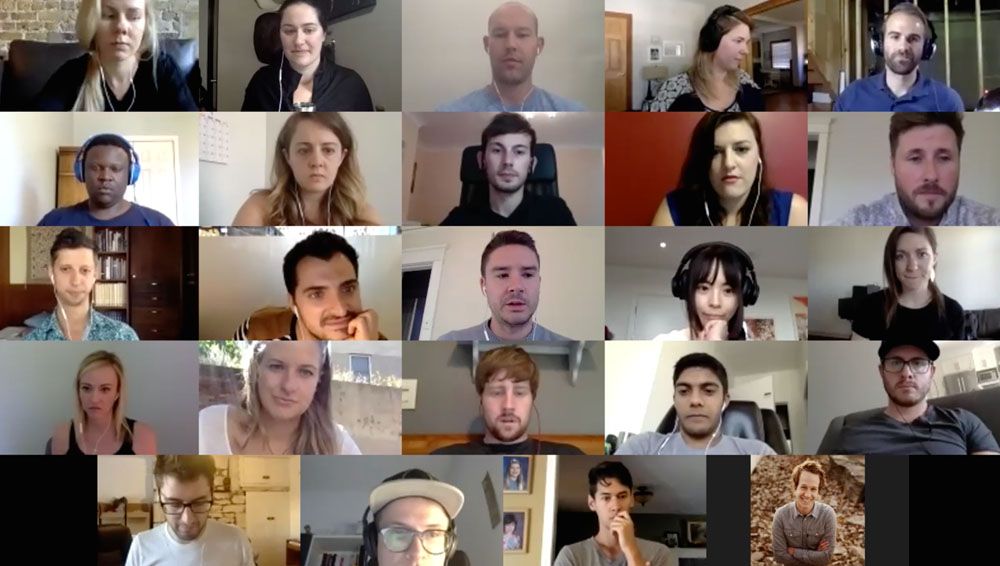
When I joined Buffer with two other folks, we were employees #15, #16 and #17. Everyone on the team had the opportunity to chat quite a lot with Buffer’s founders, Joel and Leo, during those days.
As we’ve grown, there are often a few layers between Joel and Leo and some teammates, which means there’s not as much opportunity for them to chat with everyone.
This month, we started a new experiment to create more opportunity for all teammates to have some time with Buffer’s leadership. Joel did an hour-long video chat Q&A and answered lots of teammate questions, like:
- What are you excited about within the social media industry?
- What is most surprising thing about being CEO?
- How do you define a quality product and how do you know when we’ve gotten there?
It was a really useful hour, and we’d love to repeat this experiment more often with Leo and Joel.
Introducing minimum vacation recommendations
Buffer’s unlimited vacation policy is incredibly generous. But as we’ve grown and evolved, we’ve also gotten some great signals that it can be a bit confusing.
So in September the People team introduced an experiment with minimum vacation recommendations!
All the info is in this post, but here’s the gist:
- We encourage team members to take a minimum of 3 weeks (15 work days) of vacation time throughout the year, in addition to the holidays they choose to observe.
- There is no maximum vacation recommendation, though there may be more and longer conversations for unique situations in which a teammate might want to take, say, 6–8 weeks off.
- Buffer is privileged to be a global team; we ask teammates to take time off that’s in line with their country’s standards even if it’s generally a bit more than our recommendation.
- This time is separate from holidays teammates choose to celebrate, and outside of sick/personal days, bereavement/compassionate leave, and family leave.
We’ll keep you updated as to whether this alleviates vacation confusion and guilt and leads to more time off!
An easy way to connect: Watercooler Wednesdays
One simple and fun way we connect our remote team is to ask a random question every Wednesday in our “watercooler” Slack channel. This month, some of the questions have included:
- What’s the first concert you attended?
- What 3 things would you bring if you were stuck on an island?
- What’s the last photo you took? (Below are some of the responses!)

It’s been really cool to see how something so simple can truly help you feel closer to your teammates.
Hiring: Welcome, Harrison + Looking for key leaders
Finally, in September we also got the opportunity to welcome a new teammate to Buffer!
Harrison joined us as a Senior Full-Stack Developer. Harrison is currently based in Chicago, IL, where he lives with his wife, Morgan.

We are still on the hunt for a Product Director, a Finance Director and a few new Happiness Heroes. Read more about those roles here!
Over to you!
What 3 things would you bring if you were stuck on an island? If you have thoughts on one of our watercooler questions or anything from this month’s report, I’d love to hear from you!
Check out other reports from September:
Try Buffer for free
190,000+ creators, small businesses, and marketers use Buffer to grow their audiences every month.

